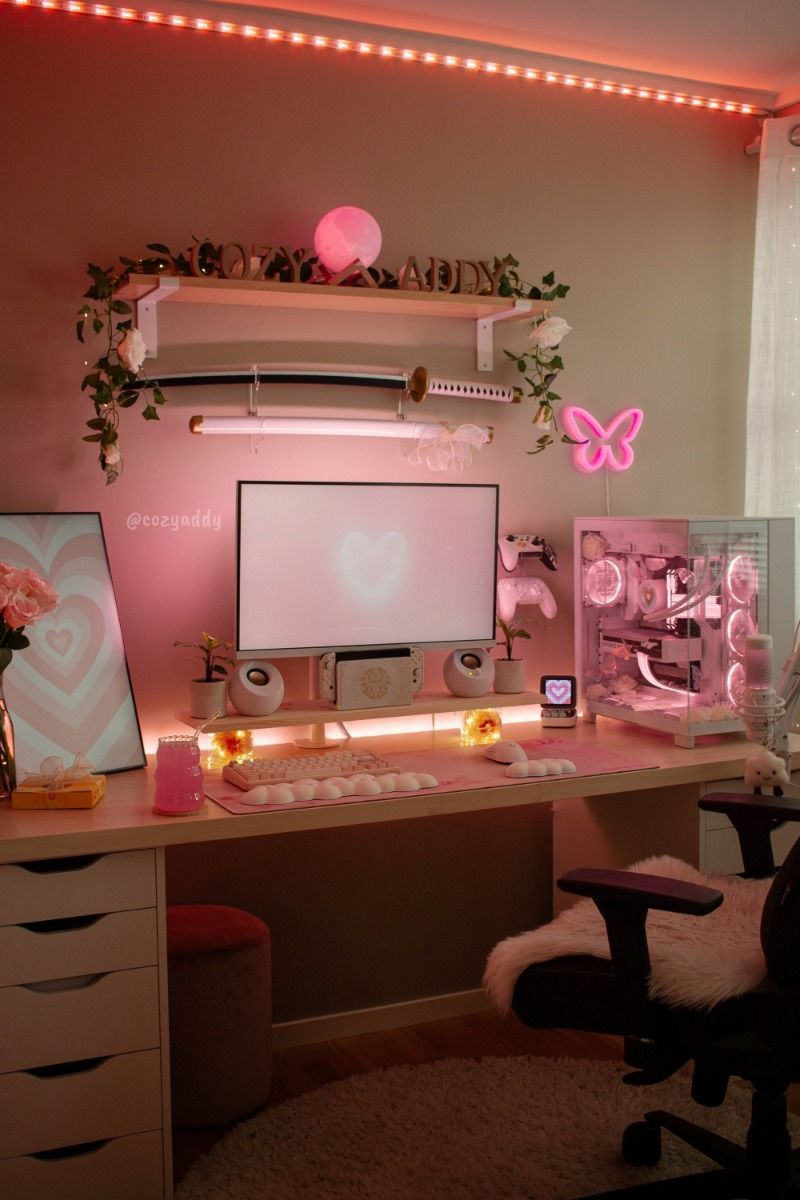Getting on with it. COVID-19, Creative Technologies and the future of the built environment.
Leadership and facilitation here are key.
The current education system does not produce cross-fertilised disciplines (although skills like coding are becoming more endemic in the cohorts entering the workforce today).. Perhaps a more pressing problem is the fact that the new workforce of the 2020s is not keen to travel into an office or laboratory to work, preferring working remotely.. For research work and smaller more specialised laboratories, the automation story is different.Without the scale, the investment in robotised systems against simple improvements in efficiency does not add up.

The released value of scientists being freed up to spend more time analysing, discussing, collaborating and thinking is not well quantified.Islands of automation may be seen as investable to allow new science.. Added to this there is not a joined-up ecosystem that looks at today’s smallscale testing as tomorrow’s large-scale roll-out, meaning that testing protocols are often developed in ways that inhibit or slow future automation.. Change, adaptation and flexibility.A combination of emerging factors drive change in the activities and operations in a laboratory function..

In research laboratories, the work and team can change rapidly as new discoveries are made, equipment and technologies change, and there is the need to reduce or cease some operations while others are expanded..The people and skills change and there are changes in social and environmental demands.

This uncertainty drives a need for a combination of flexibility and adaptability..
The laboratory estate needs to be adaptable in order to be expanded, contracted, and/or repurposed without significant planning issues, cost, time and impact to ongoing operations.‘Sharing current thinking and best practices freely,’ she says, ‘is the best way that we can shape the industry as a whole.’.
Bryden Wood’s Head of XR + Interaction, Director Elite Sher, says her focus lies in ‘combining software engineering and design, in innovative and creative applications, using cutting-edge technologies.’.Sher is a finalist in the ‘Best Woman Software Engineer’ category of the WICE Awards and has an MSc in Adaptive Architecture and Computation from UCL, The Bartlett.
It was there, she says, that she gained ‘theoretical and practical experience dealing with robotics, AI, machine learning, software engineering, and creative computation.’.A founding member of Bryden Wood’s Creative Technologies team, Elite says she initially worked to develop ‘bespoke tools focusing on data collection and visualisation.’ She subsequently expanded her experience as a lead developer in the R&D department for HOK and perfected her software development skills as a full stack developer for a FinTech start up, developing both front and back end.
